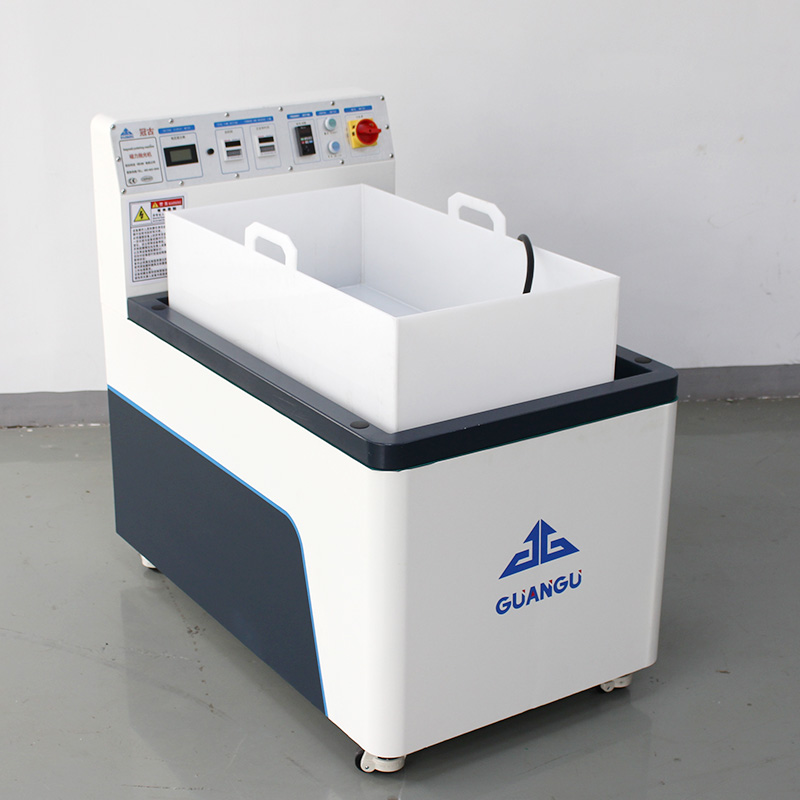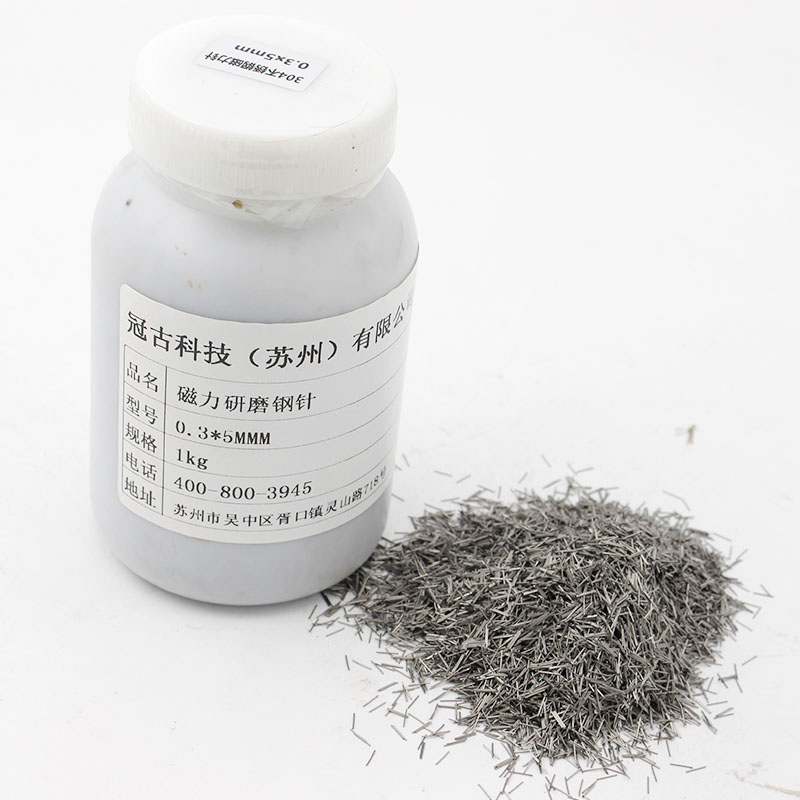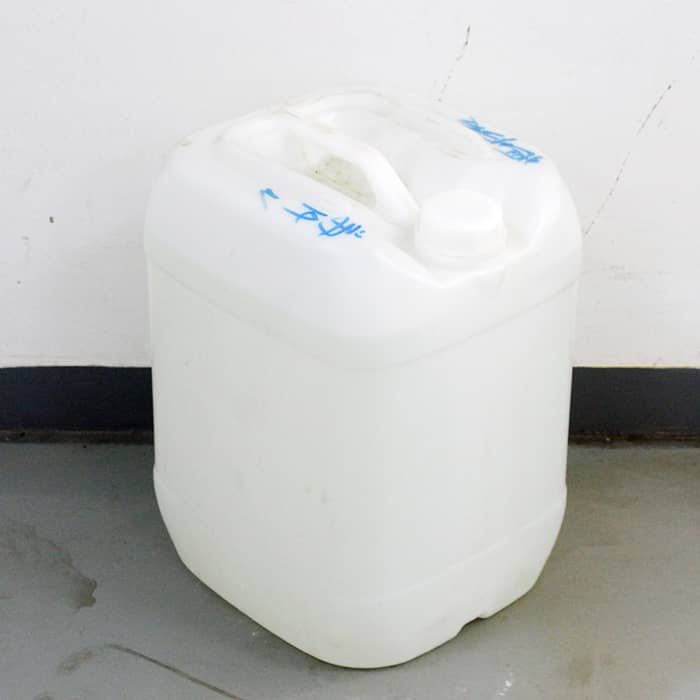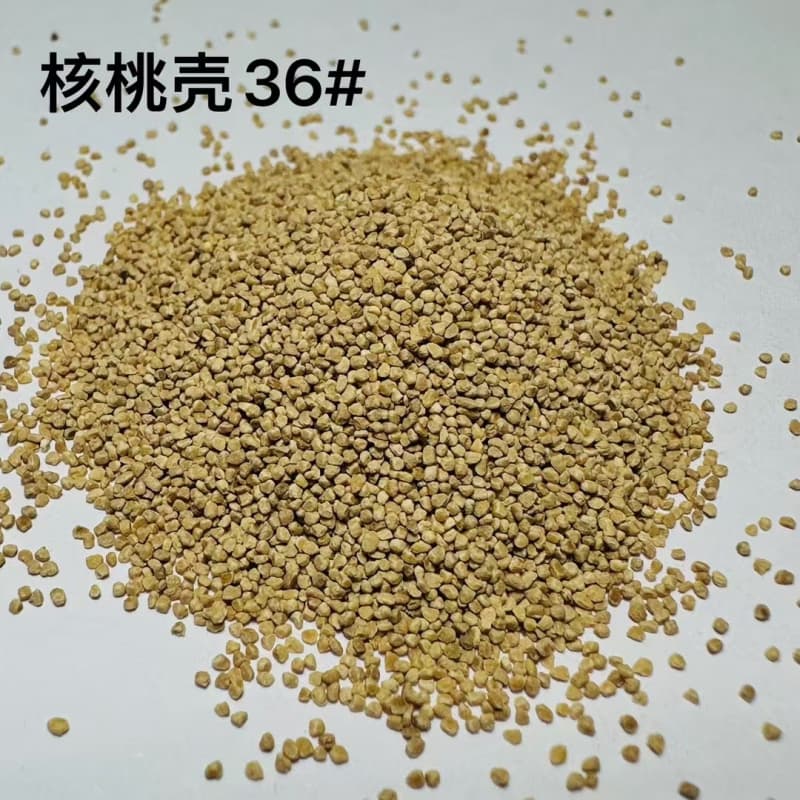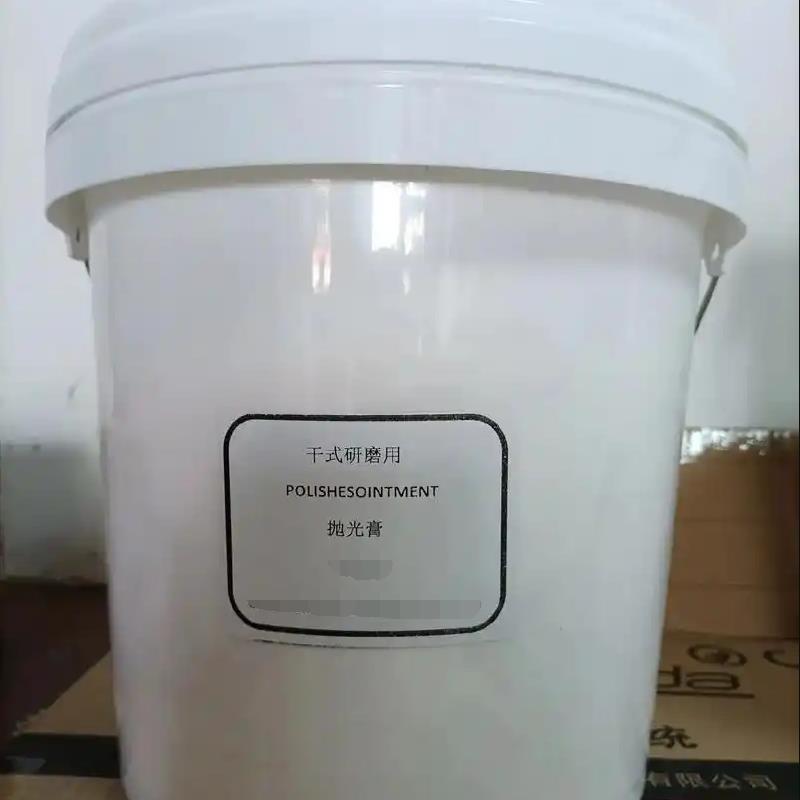What are the differences between SSST buckets and PP buckets

Some polishing factories use SSST (stainless steel) buckets and some use PP buckets.
We send both two types of polishing buckets for our customers.
But what are the differences between them?
Now today we will tell the details by four points.
First, thermal conductivity. Second, durability. Third, noise impact. last one, thickness.
Now the first one, thermal conductivity.
We all know that metals have better thermal conductivity. During the polishing process, heat is generated and emitted into the water due to the friction between the steel pins and the work pieces.
And the thermal conductivity of the stainless steel polishing bucket will make the water temperature rise faster.
Thus affecting the polishing quality.
PP buckets have poorer thermal conductivity than SSST buckets. So that the water temperature do not raise fast.
During polishing, the water in SSST bucket need to be changed in one hour. In PP bucket is about 1.5 to 2 hours.
Second one, durability.
Stainless steel buckets are welded in one piece. It will not be easily worn through by steel pins.
And PP buckets can be damaged and weathered due to friction and collision of work pieces as well as water temperature.
Its durability is significantly less than stainless steel buckets.
Third one, noise impacts.
Metal friction creates more noise. So if use SSST buckets, the noise level will be higher than PP buckets.
If there is a requirement for noise, the use of PP buckets can greatly reduce the noise range.
Last one, thickness.
The thickness of SSST buckets bottom is about 2-3 mm, of PP buckets is about 5-6 mm. The further away from the magnetic field of the polisher, the worse the polishing results.
So the effects with SSST buckets will be better according to thickness.
These four points are the comparison of the advantages and disadvantages between PP and stainless steel buckets.
You can choose any one that you think better for polishing.


